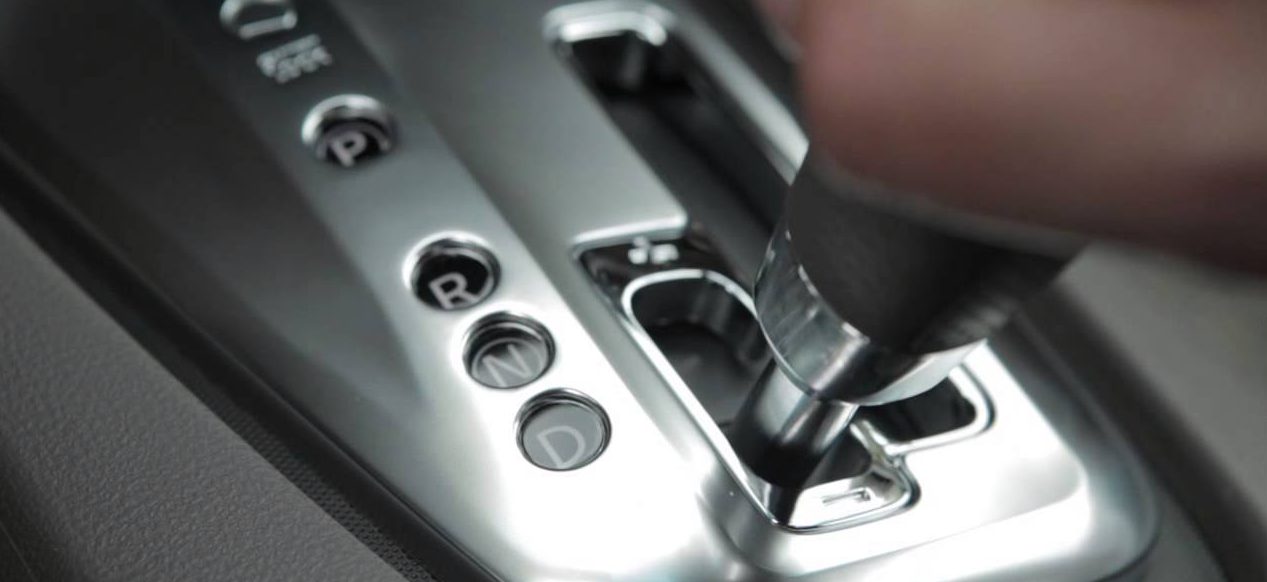Fuel efficiency is a concern for most car owners in India, especially with rising petrol and diesel prices. One common question among drivers is whether driving in low gear consumes more fuel. The short answer is yes—driving in low gear for extended periods can lead to higher fuel consumption. In this article, we’ll explore why low gear driving impacts fuel economy, when it is necessary, and how to optimize your driving habits for better mileage.
What Are Low Gears?
Low gears refer to the first and second gears in a manual transmission or the lower gear ratios in an automatic. These gears provide more torque but less speed, making them ideal for specific situations like starting from a stop, climbing hills, or driving through heavy traffic.
Why Low Gear Increases Fuel Consumption
Driving in a lower gear forces the engine to work harder at higher RPMs (revolutions per minute). While this delivers more torque, it also results in:
- Higher engine speed: Increased fuel injection to maintain RPM.
- Less efficient power delivery: The car burns more fuel to cover less distance.
- Reduced fuel economy: You use more fuel to generate the power needed to move the vehicle.
Example: If you’re driving in 2nd gear at 40 km/h instead of shifting to 3rd or 4th, the engine runs at a higher RPM than necessary, wasting fuel.
When Low Gears Are Necessary
While low gear usage increases fuel consumption, there are situations where it’s the correct choice:
- Starting from a stop: First gear is necessary to get the car moving smoothly.
- Driving uphill: Low gear provides the torque needed to climb steep inclines.
- Towing or heavy loads: More torque is required for better control and movement.
- Descending hills: Low gear helps in engine braking, reducing wear on brakes.
- Navigating traffic or rough terrain: Low speeds and frequent stopping demand low gear control.
Pro Tip: Use low gear only when necessary. As speed builds up and the load lightens, shift to higher gears promptly.
The Science Behind Fuel Usage in Low Gear
Internal combustion engines are most efficient at lower RPMs and in higher gears. When you drive in low gear:
- The throttle remains open longer to maintain speed.
- The engine operates outside its optimal efficiency range.
- Fuel injectors deliver more fuel per cycle to keep up with RPM demands.
Bottom Line: Fuel efficiency drops as RPM increases unnecessarily in low gear.
Driving Tips to Improve Mileage
- Shift Up Early: Shift to higher gears as soon as the engine allows without jerking.
- Monitor RPM: Keep the RPM between 1,500–2,500 for petrol and 1,200–2,000 for diesel engines.
- Avoid Aggressive Acceleration: Gradual acceleration improves fuel economy.
- Use Gear Indicators: In some modern cars, gear shift indicators help guide optimal driving.
- Maintain Momentum: Especially in city traffic, anticipate stops and coast when possible.
Pro Tip: In automatic cars, use “Eco” driving mode if available—it adjusts gear shifts to maximize efficiency.
Common Mistakes That Waste Fuel
- Driving in low gear at high speeds.
- Not upshifting on time, especially after overtaking or navigating a slope.
- Keeping the clutch half-pressed (riding the clutch) in low gear.
- Accelerating hard while still in 1st or 2nd gear.
Avoiding these habits can dramatically improve your mileage over time.
Final Thoughts
Yes, driving in low gear does burn more fuel—especially if done unnecessarily or for prolonged periods. While it’s essential in specific situations like climbing hills or starting from a stop, sticking to lower gears when not needed results in inefficient fuel usage and increased wear on your engine.
To get the best mileage out of your car, practice smooth driving, shift to higher gears early, and be aware of your engine’s RPM range. With fuel costs rising and urban traffic becoming more demanding, smarter gear usage can help you save money and keep your vehicle running efficiently.

